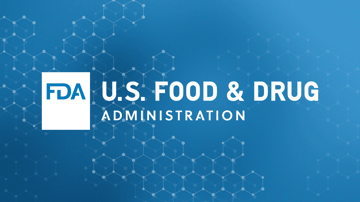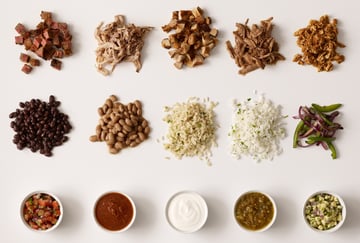We live in a time of rapid technological evolution—a time when systems and devices change so quickly, staying ahead of the curve requires dedication and foresight. Allowing your organization to lapse, and allowing processes to become outdated, often means losing your place as an industry leader and missing opportunities to grow. But in the food industry, failing to keep up can also mean compromising your brand reputation and failing to comply to regulations.
This is precisely the case when it comes to food supply chain traceability.
Today, we’re going to take a look at why using the traceability methods you’ve relied on for decades just is not enough anymore, and what you can do to better protect your brand and consumers.
The Problem with "One-Up and One-BACK"
For the most part, food safety professionals have utilized the “one-up and one-back” (OUOB) system to manage their food safety traceability. In theory, using OUOB means knowing where your products came from and where they’re being sent or sold.
The primary issue with OUOB, however, is its lack of visibility—you’re only aware of your place in the supply chain, but not the entire past and future of each product. Without this visibility, can you verify the safety practices of your suppliers? Can you verify the origin and authenticity of the ingredients they are supplying to you? Can you account for the potential allergens in the ingredients being supplied?
Another concern with the old approach to traceability is that it lacks a unified process. That is, some organizations record information within spreadsheets while others keep everything on paper. The FDA will want access to data immediately if there is a major recall; without a unified process, tracking down information can be a major headache.
How Whole Chain Traceability Solves the Problem
For many years, food industry professionals concerned themselves with fulfilling requirements and adhering to industry regulations while product was within their organization. And while you may have some information about where product originated and where it’s headed next, you assumed all the others—growers, suppliers, distributors, retailers—were doing their part.
But how can you vouch for the quality of your product if you don’t know the full story of its history or what may happen after it leaves your hands?
Whole chain traceability uses modern technology to offer everyone along the supply chain visibility into a product’s full journey from inception to market. This not only helps reduce risk—and assist in fast recovery when a recall occurs—but it inspires confidence in your product and provides a solid foundation for any claims you make about your products. Whole chain traceability also will help you remain compliant and only work with other organizations that share your commitment to quality.
While OUOB may have worked for your business previously, times have changed. Thanks to evolution in technology, food industry professionals have the ability to access more data than ever before. By using whole chain traceability, you can ensure you’re prepared for the future of the food industry.
Are you ready to go beyond "one-up and one-back" and implement whole chain traceability? Check out our free resource: Crafting the Case for Traceability: How To Gain Buy-In From Executive Leadership.
Tag(s):
Traceability
Other posts you might be interested in
View All Posts
Food Safety
8 min read
| October 13, 2022
The Case for Tech-Enabled Traceability: Understanding FSMA 204
Read More
Traceability
6 min read
| January 29, 2021
Gearing up for Traceability 2.0 with FSMA
Read More
Traceability
5 min read
| June 23, 2021

